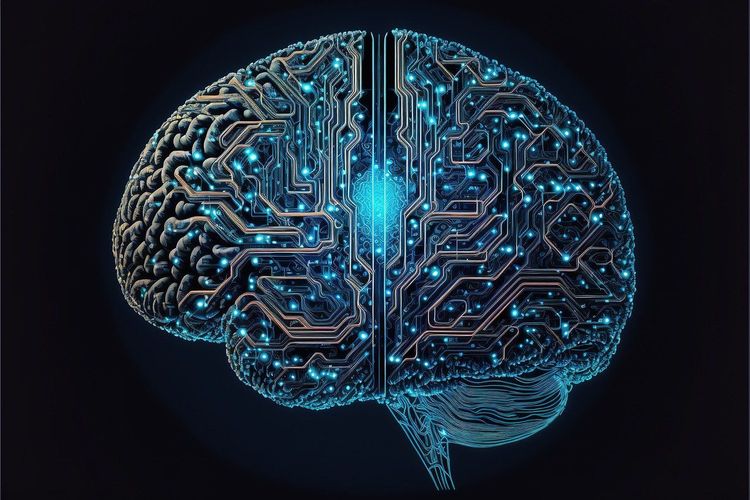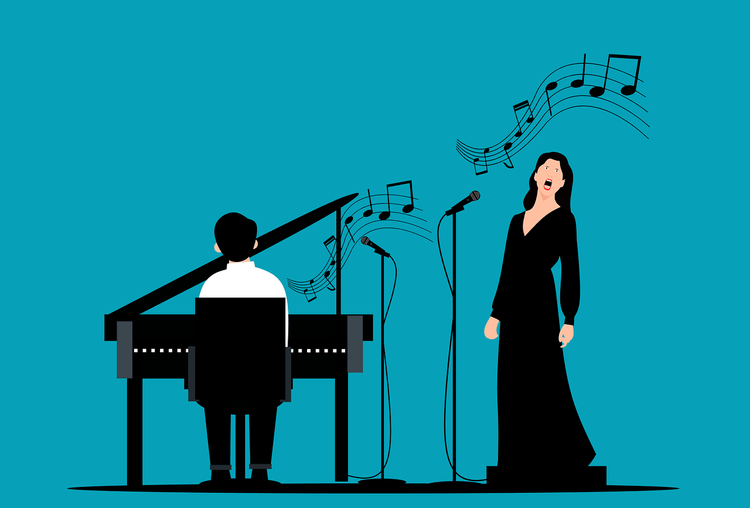OpenAI Unveils 'Canvas' for ChatGPT: An Enhanced Interface Designed for Writing and Coding Projects
Most people like

Unlocking Intelligence for All: Bridging Knowledge and Access
In a world where knowledge is power, our mission is to democratize intelligence. We believe that everyone should have the opportunity to access valuable information and insights, regardless of their background. By breaking down barriers and enhancing understanding, we aim to empower individuals and communities. Join us in this journey to make intelligence accessible for all!

Open-source language models have revolutionized the way we interact with artificial intelligence, making powerful tools accessible to developers and researchers alike. By allowing collaboration and customization, these models empower users to refine and adapt AI technologies for their specific needs. With a plethora of open-source options available, understanding their potential and applications is crucial for anyone interested in harnessing the benefits of AI. Explore how these innovative models can enhance your projects and drive advancements in various fields.

Transform AI-Generated Texts into Engaging, Natural Content
Unlock the potential of AI technology by learning how to convert machine-generated texts into captivating, human-like content. Discover techniques to enhance readability and connection with your audience, ensuring your message resonates clearly and effectively. Embrace the art of transforming AI outputs into authentic narratives that engage, inform, and inspire.
Find AI tools in YBX




